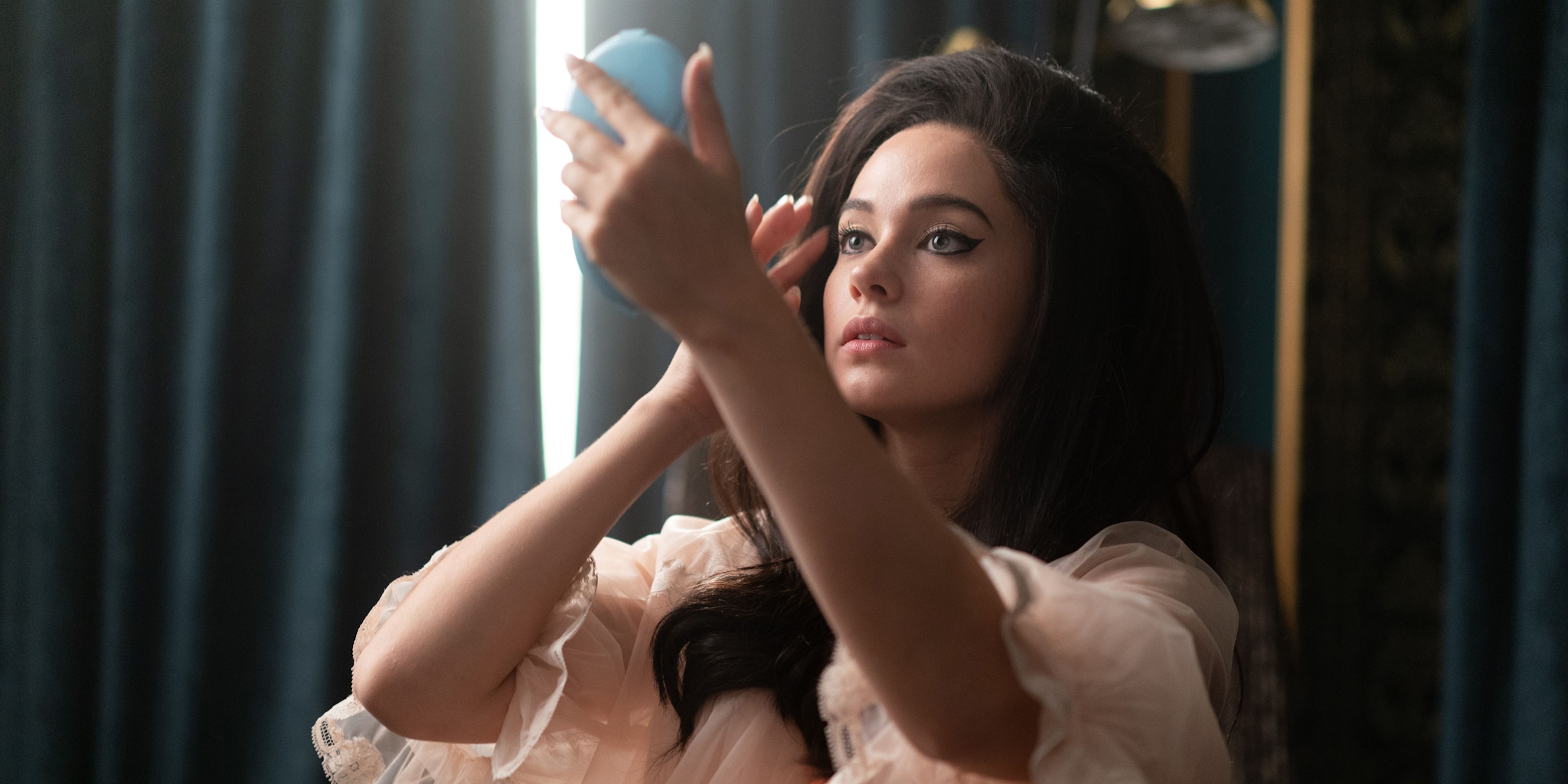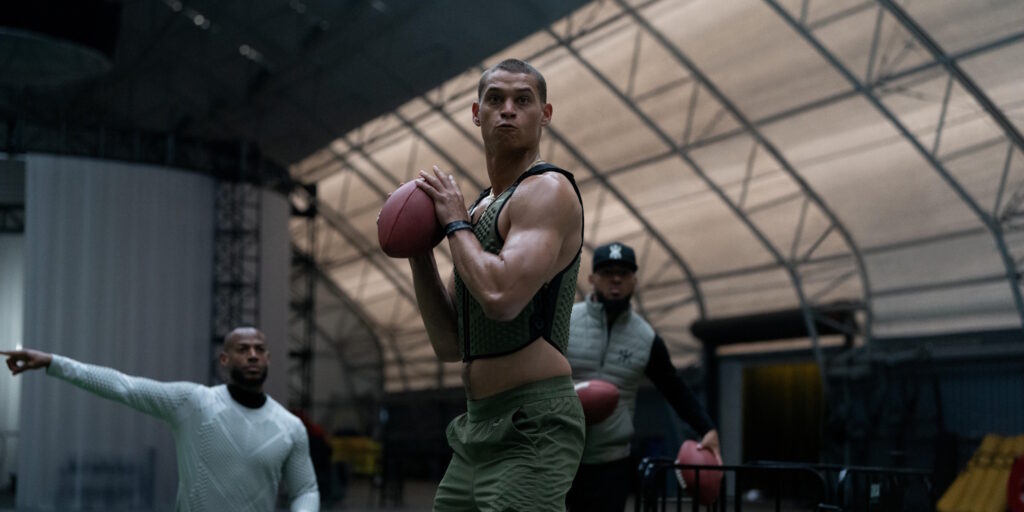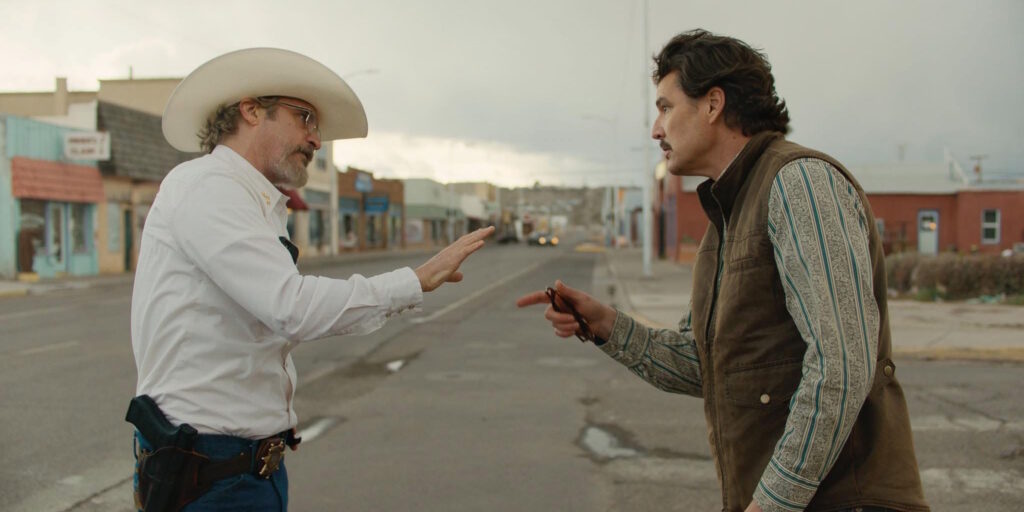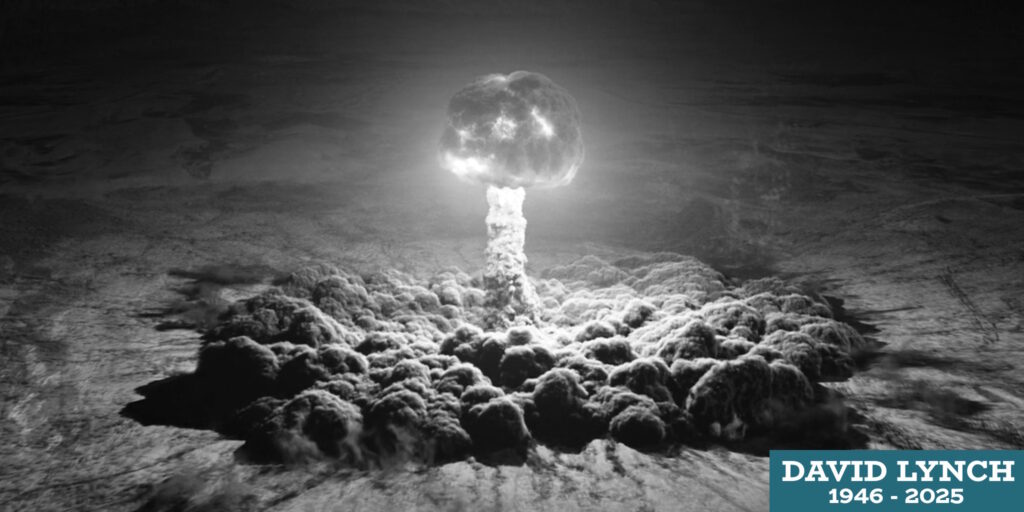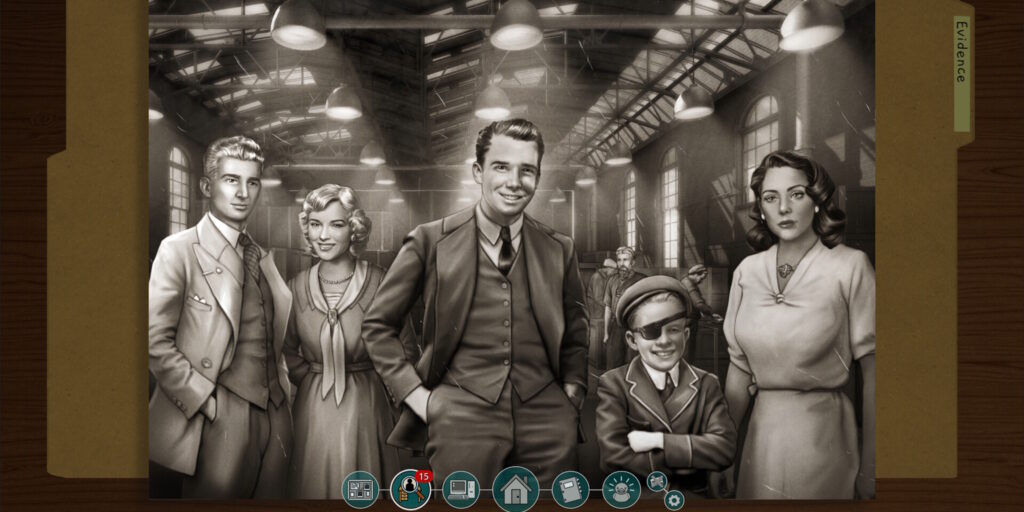It’s been said that, in dreams, the human mind is incapable of generating new faces. Like the commonly held notion that no two fingerprints or snowflakes are alike, there’s no real way to verify such a claim with absolute certainty, though sleep psychologists have certainly done enough research for this to be assumed as fact. All the faces you’ve seen in a dream are either a face you’ve seen before or no face at all. It’s not unlike the way faces can appear distorted in the furthest reaches of our peripheral vision. This phenomenon also describes the experience of watching Priscilla, Sofia Coppola’s latest film.
Although the film is based on Priscilla Presley’s memoir, Elvis and Me, Coppola forgoes the title of the book in favor of one that lets her subject stand alone in the spotlight. It’s the first step in a haunting procession moving to separate her lesser-known tale from his 20th-century pop-culture legend. The next step is Coppola’s choice to shroud nearly every face in the background in near-darkness. As in a dream, we know the face of Elvis (Jacob Elordi) and may be able to recognize those of his close friends and family members — he seems to always have a posse — but those working behind the scenes are much harder to visualize.
This is Priscilla’s (Cailee Spaeny) story. Delivered by a lackey from a military base in West Germany to Elvis’ nearby home, this 14-year-old first made the 24-year-old King’s acquaintance at a party one September evening in 1959. The house is hopping with randos, but Elvis’ attention is fixed only on his guest of honor: the one girl in the room who had to fight with her parents for permission to attend, try on dresses with her mother beforehand, and finish her homework so she could be allowed to leave. (A child, in no uncertain terms.)
The two continue to see each other in this way for the remainder of his time in the service. She gets picked up from her family after school, goes on an innocent date with Elvis Presley, and returns home before curfew. Once he’s discharged, however, things change. He goes back to the States, while she tries to find some semblance of normalcy in his wake. Years pass, records hit, tabloids circulate, love letters are written, and still no word back in Germany from Elvis. That is, until the summer of 1962, when Elvis calls for Priscilla, requesting to fly her out to Graceland for a whirlwind trip.
It’s every bit as glamorous as Pricilla imagined, filled to the brim with drinking, drugs, and decadence, but it has to come to an end eventually. And, alas, she must return to sitting by the phone, anxiously awaiting the return of his affections. Even after moving her from Germany to Memphis and putting her up in his room at Graceland, this pattern will continue for the next 10 years. Each time, the highs lose a little more altitude and the lows plummet that much deeper. What’s the point of all this opulence and attention if it vanishes with each new recording session, film shoot, or impromptu boys’ night?
Together with cinematographer Philippe Le Sourd — a one-time Wong Kar-wai collaborator turned Sofia Coppola regular since 2017’s The Beguiled — and editor Sarah Flack — another mainstay in Coppola’s crew, this one dating back to Lost in Translation (2003) — Priscilla proves the most cutting when it’s the least exciting. Coppola utilizes excruciatingly slow, hauntingly beautiful montages to illustrate the passing of time between Elvis’ visits back home to Graceland, following her subject as she struggles to fill the time spent waiting for her knight in bedazzled armor to return to the castle where she is locked away.
The world outside the mansion shines so brightly through the sheers that it almost resembles a void. No sky, no greenery, no cars, no grounds-people — just an ominous white nothingness that washes out every face but hers and his. In a way only Coppola could pull off, Priscilla shows that every young girl’s dream of living out her innermost fantasy with a celebrity crush is actually a lucid nightmare. It’s a perfect amalgamation of The Virgin Suicides (1999) and Marie Antoinette (2006) that feels fresh despite the familiar territory of the new film’s bones.
On screen, Priscilla’s weight rests squarely on the shoulders of leads Spaeny and Elordi. Their casting is inspired. Rather than another bombastic take on Mr. and Mrs. Presley — Elvis (2022) has audiences covered in that regard — Coppola uses the two to embody a more subdued version of the “Personal Jesus” fable. There are definitely fits and rages to be found, but the bulk of the lines are spoken in hushed tones and bedroom voices. The result is a delicate trinket of a film, one as fragile as the derelict bric-a-brac left behind on the shelves of Priscilla’s childhood bedroom.
Priscilla is now playing in select theaters.
